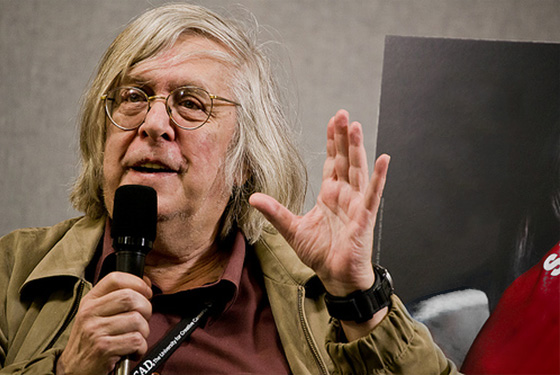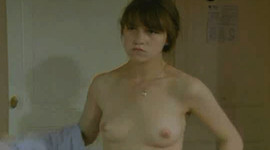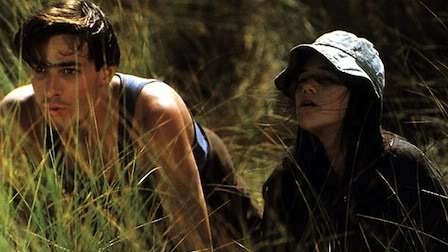Truffaut Lite [THE LITTLE THIEF]
From the Chicago Reader (October 6, 1989). — J.R.
THE LITTLE THIEF ** (Worth seeing)
Directed by Claude Miller
Written by Annie Miller, Claude Miller, and Luc Beraud
With Charlotte Gainsbourg, Didier Bezace, Simon de la Brosse, Raoul Billerey, and Chantal Banlier.
The French cinema has perhaps never been more desperately in the doldrums than now, and this slump is best represented by the trips down memory lane that seem to be a major preoccupation in current French movies. Never entailing research or reevaluation, these simplified, nostalgic foreshortenings of the past often pare away much of what makes that past interesting.
Claude Miller’s The Little Thief (La petite voleuse) is a case in point because it purports to be, at least in this country, the last work of the late Francois Truffaut. (I’m told that no such claims were made about the film when it opened in France, and can understand why; even French amnesia doesn’t ordinarily extend quite as far as our own.) The film was developed out of a long-nurtured Truffaut project that Truffaut considered filming at various points throughout his career; a 30- or 40-page treatment (accounts differ) he wrote with Claude de Givray served as Miller’s starting point, although by all accounts this story has been extensively reworked and embellished, and even given a new ending. Read more


